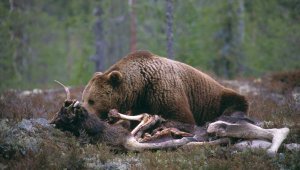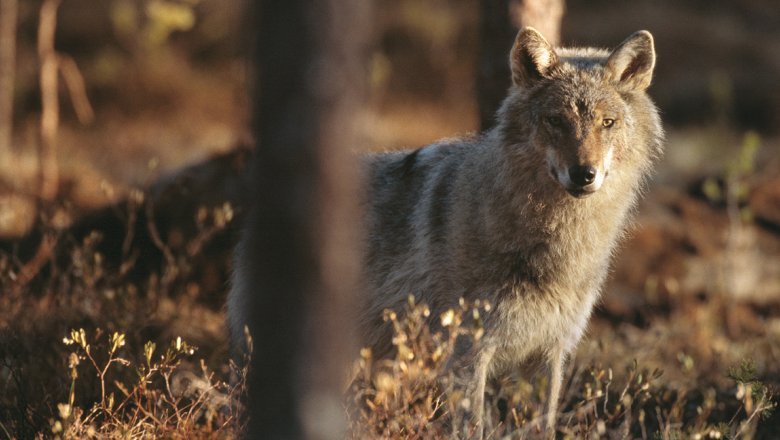Present situation
The number of lynxes and bears in Finland is so high that the species will probably remain a part of Finnish nature for generations to come. The number of wolves and wolverines, however, is so low that they would have already disappeared without conservation efforts and animals migrating into the country. A few dozen wolverines migrate into Finland each year. The Finnish wolf population is still completely reliant on wolves migrating from Russia, even though wolves are already breeding in our country.
Conservation methods
The methods of large carnivore conservation include research, raising awareness, influencing attitudes, transplantations and prevention and compensation of damages.


